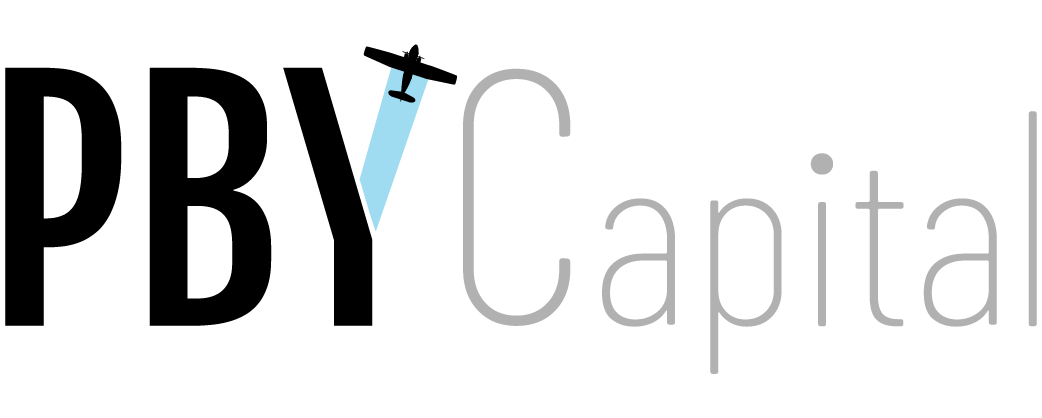Bond strategies for low credit spreads
A low interest-rate environment requires considering alternate products with differing risk-return considerations

Article content
In today’s low interest-rate environment it is important to note that credit spreads are near an all-time low, says Mike Stritch, chief investment officer with the BMO Family Office in Chicago. A major source of return on high-yield bonds can come from tightening credit spreads in the right environment, but “today I don’t foresee room for spreads to tighten meaningfully further. The result is that the risk-return profile for these instruments is not as favourable as it has been in the past,” he elaborates.
UHNW investors often consider high-yield bonds as part of their portfolio allocation, which can provide returns from the income they produce as well as a tightening of spreads. However, “at this point, I think it’s just about the income, less about any more spread tightening,” says Stritch.
Greg Thompson, executive chairman of Focus Asset Management, a privately owned high-net-worth wealth management firm in Toronto, recommends that UHNW investors, for the fixed-income portion of their portfolio, invest a small portion only in short- to medium-term corporate and government bonds as a base to provide liquidity, which can contribute to future investment opportunities.
The fixed-income investment strategy should also consist of convertible debentures linked to the share price of an underlying common stock, as well as preferred shares paying a healthy yield linked to the underlying interest rate of five-year Government of Canada bonds. If interest rates rise, the preferred shares will reset with a higher dividend rate as protection, Thompson adds.
David Wong, managing director and head of portfolio solutions at CIBC Asset Management in Toronto, says that conventionally there have been two ways for investors to get rewarded in the bond markets – and that is by either taking on term risk, or credit risk.
However, “the returns that you’re getting from extending out term risk in this environment are not particularly impressive. The starting point for yield is low – below 1.5 per cent for a 10-year Government of Canada bond. Extending out term to 30 years, you might be picking up between 40 and 50 basis points extra, which is not historically high by any stretch. It’s right around the average,” he elaborates.
For clients with a long-term perspective, we would recommend that as a part of a diversified asset mix.
David Wong, CIBC Asset Management
The yield from a conventional bond portfolio, including government bonds and investment-grade corporate bonds, is generally in the range of about 2 to 3 per cent today. To achieve significantly better returns in the range of about 4 to 5 per cent, investors need to take greater credit risk, which would entail including some below triple B grade bonds in the portfolio, says Wong.
“For clients with a long-term perspective, we would recommend that as a part of a diversified asset mix,” he suggests.
“Then you could run beyond that in terms of the risk spectrum into more esoteric private-type strategies. There’s a trade-off because you’re getting a little bit more potential return for going illiquid.
One such strategy might be to consider private credit.
“I think it provides a better risk-return profile than the publicly traded high-yield market,” says Thompson.
But private credit should not be overweighted, he notes. “We would not be comfortable having much more than 40 per cent in private investments across the board.”
“Private credit is a very broad kind of category,” says Wong. And “it’s got to be for the right type of investor.”
